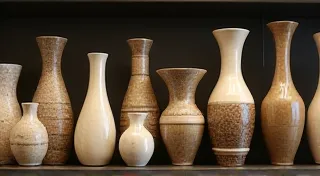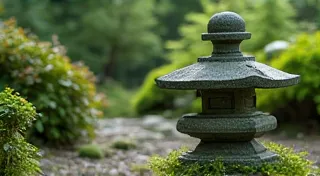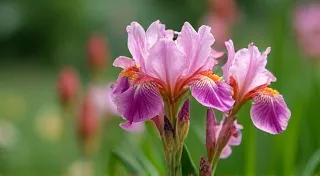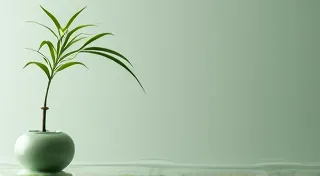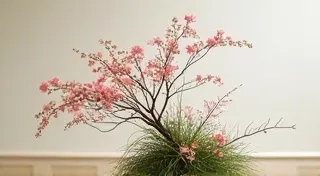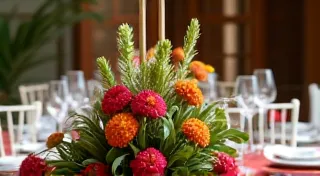What is Ikebana? A Beginner's Guide to Japanese Flower Arranging
Ikebana, often referred to as Japanese flower arranging, is far more than simply placing flowers in a vase. It's a deeply rooted traditional art form with a rich history, profound philosophy, and a unique aesthetic that sets it apart from Western floral design. This beginner's guide will explore the core principles of Ikebana and provide a gentle introduction to this beautiful practice.
A Brief History of Ikebana
The origins of Ikebana can be traced back to 6th-century Japan when Buddhism was introduced from China. Floral offerings (kuge) were presented at Buddhist altars, initially in a relatively freeform style. Over time, these offerings evolved into a more structured and formalized art form. The first recognized schools of Ikebana emerged in the 15th century, notably the Ikenobo school, considered the oldest and most prestigious.
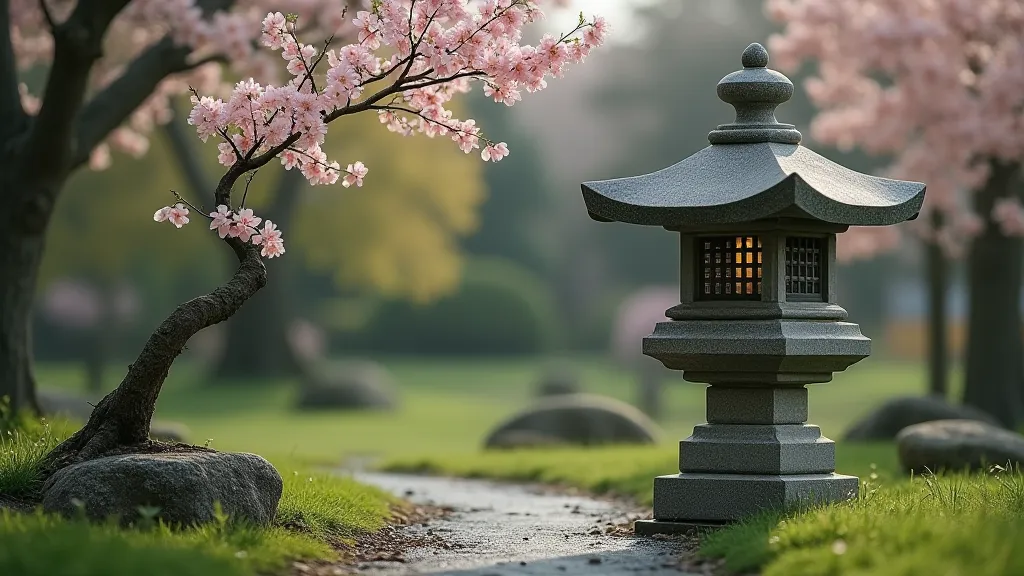
The Philosophy Behind the Art
Ikebana is not about showcasing the beauty of flowers alone. It's about creating harmony and balance, expressing feelings, and connecting with nature. Key concepts include:
- Respect for Nature: Ikebana emphasizes the beauty of natural materials in their raw state. Bent or withered branches, leaves, and even moss are embraced, rather than discarded.
- Asymmetry: Unlike Western flower arranging that often seeks symmetry, Ikebana principles often utilize asymmetry to create dynamic and visually interesting compositions.
- Minimalism: Less is often more. Ikebana arrangements typically use fewer elements than Western bouquets, allowing each element to be appreciated individually and as part of the whole.
- Line and Form: The lines and shapes of branches, stems, and leaves are just as important as the flowers themselves. Emphasis is placed on creating a strong and graceful silhouette.
- Space (Ma): The intentional use of empty space is crucial. 'Ma’ isn’t just emptiness; it’s a vital element that gives the arrangement breathing room and enhances the impact of the elements used.
Understanding 'Ma' is key to appreciating Ikebana, and it's just one of many nuances explored in greater detail when considering understanding the symbolism in Ikebana. The choice of materials and their placement are all deliberate acts, laden with meaning for the practitioner.
How Ikebana Differs from Western Flower Arranging
While both Ikebana and Western floral design share the goal of creating beautiful arrangements, their approaches are quite different:
- Focus: Western flower arranging often prioritizes color, volume, and a display of abundant blooms. Ikebana prioritizes line, form, and the expression of a deeper meaning.
- Arrangement Style: Western arrangements frequently aim for a rounded, overflowing shape. Ikebana arrangements tend to be more linear, angular, and minimalist.
- Materials: Western designs use a wider range of flowers and foliage. Ikebana typically emphasizes native Japanese plants, branches, and grasses. For those curious about the specific flora commonly used, a deeper dive into different types of Japanese flowers used in Ikebana can be incredibly enlightening.
- Vase Selection: Western bouquets often use elaborate vases. Ikebana often utilizes simpler containers, sometimes even unconventional materials like bamboo or ceramic pots.
Selecting the right tools and materials is a critical aspect of embarking on your Ikebana journey. Before you start, it’s a good idea to familiarize yourself with the essential Ikebana tools and materials for beginners.
Basic Principles to Get Started
While mastering Ikebana takes years of dedicated study, beginners can grasp the basic principles to create their first arrangements:
- Choose Your Materials: Start with simple, natural materials like a few branches, some greenery, and a few flowers. Consider their natural shapes and colors.
- Understand the Three Main Lines: Many Ikebana styles utilize three primary lines that represent heaven, earth, and humanity. These lines are not necessarily literal; they represent the overall structure of the arrangement.
- Consider Negative Space: Don't overcrowd the arrangement. Allow space between the elements to highlight their individual beauty and create visual balance.
- Observe Nature: Spend time observing how plants grow naturally. Mimic those shapes and forms in your arrangements.
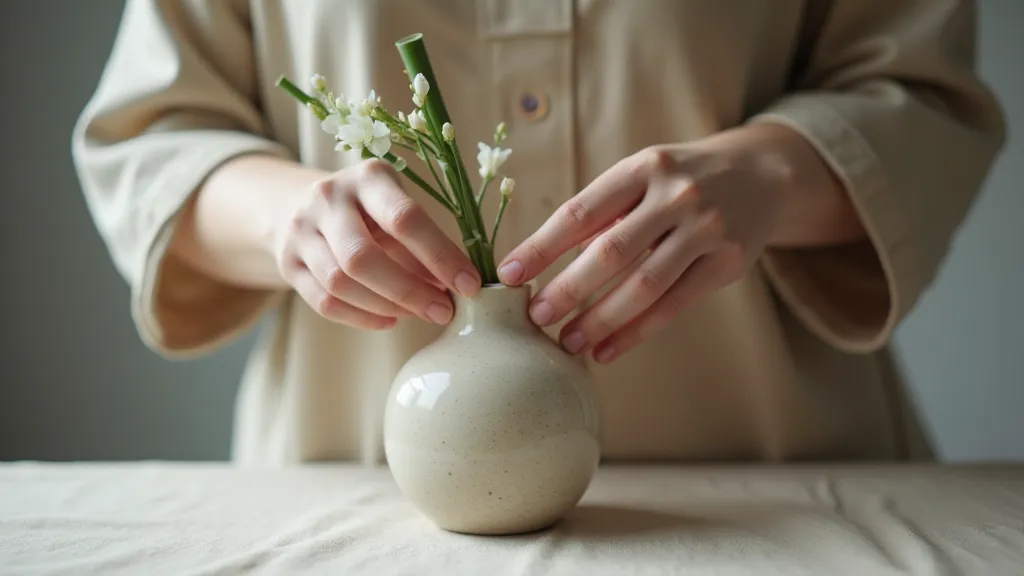
Expanding Your Understanding of Line and Form
The concept of 'line' is central to Ikebana, and extends beyond merely the visible lines of branches and stems. It encompasses the direction of growth, the flow of energy within the arrangement, and the overall visual impact. Consider how the negative space around the elements contributes to the perceived lines and form. It’s a delicate dance of presence and absence, working in harmony to create a balanced and meaningful composition.
Beyond the technical aspects, a true understanding of Ikebana requires a deep appreciation for the materials themselves. Each branch, leaf, and flower carries a history, a story of resilience and adaptation. By connecting with these elements on a personal level, the practitioner can infuse the arrangement with a sense of authenticity and grace.
Resources for Further Exploration
This guide provides a basic introduction to Ikebana. For those interested in deeper study, consider:
- Local Ikebana Schools: Many Ikebana schools offer classes for beginners.
- Online Resources: Numerous websites and videos provide tutorials and information on Ikebana.
- Books: Several excellent books delve into the history, philosophy, and techniques of Ikebana.
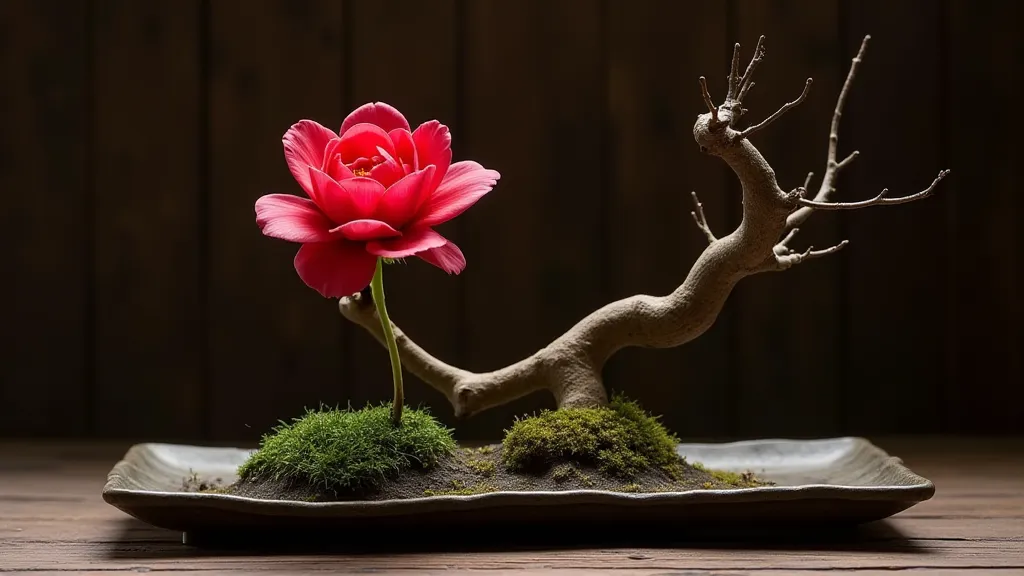
The Role of Simplicity and Intention
One of the most striking aspects of Ikebana is its inherent simplicity. Unlike many Western floral arrangements that strive for abundance and extravagance, Ikebana celebrates the beauty of restraint. This isn't about a lack of creativity; it’s about focused intention. Each element is carefully chosen and placed with purpose, contributing to a unified whole. The power of less truly allows the essence of the materials to shine through.
The practice of Ikebana extends far beyond the creation of a visually pleasing arrangement. It's a meditative process, a journey of self-discovery. As the practitioner engages with the materials, they are invited to slow down, to be present in the moment, and to connect with the natural world on a deeper level.
